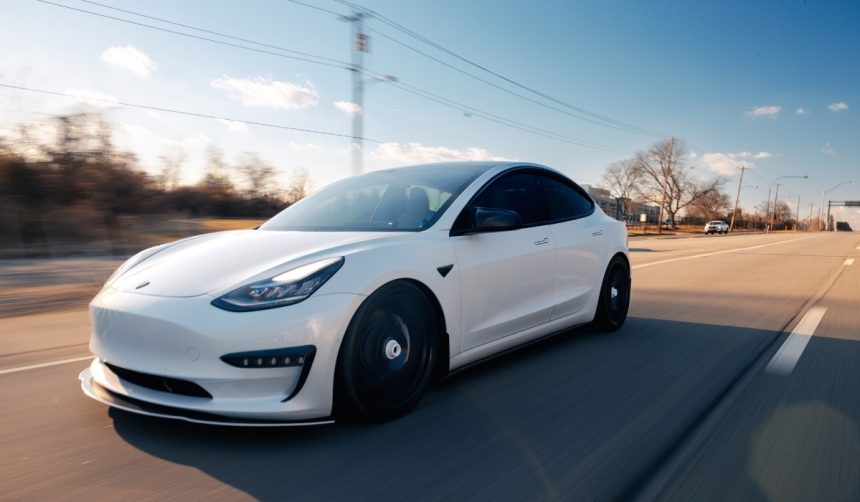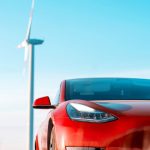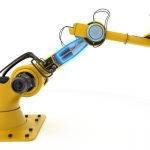Investor interest in Tesla continues to intensify as major financial firm Piper Sandler announced an increase in its Tesla (NASDAQ:TSLA) price target to $500, up from $400, reaffirming its “Overweight” rating. Citing observations from a recent research trip to China, Piper Sandler highlighted Tesla’s central position in the ongoing competition among electric vehicle (EV) manufacturers, particularly regarding artificial intelligence and robotics. Demand for advanced software and autonomous features in EVs is drawing greater attention from investors and industry analysts alike, making Tesla’s strategies subject to close scrutiny both in the United States and globally.
Earlier reports from equity analysts have maintained cautious optimism toward Tesla, but price target increases of this scale have previously been rarer during periods of intensified Chinese competition. Past projections tended to focus more on vehicle deliveries, regulatory credits, and expansion in Europe, while less emphasis was placed on the AI and robotics components of Tesla’s business model. Key differences now include direct acknowledgement of Chinese automaker advances as well as public statements from these firms about Tesla’s role shaping the global EV market. This marks a shift in narrative compared to previous reports, which either downplayed or warned about emerging local rivals.
What Did Piper Sandler Learn on Its China Trip?
During the recent research visit, Piper Sandler analysts met with executives from several leading Chinese EV makers, most of whom have vertically integrated operations and are scaling up production capacities. Even as these companies are recognized as formidable competitors, they acknowledged Tesla’s strong influence on industry standards and innovation. Discussions suggested an ongoing reliance on Tesla’s early advancements to inform their own research and development efforts.
How Do Industry Leaders Perceive Tesla’s Impact?
Chinese manufacturers described Tesla as a pivotal force, with one executive remarking,
“Without Tesla going from 0 to 1, we can’t go from 1 to 100.”
This sentiment encapsulates both the admiration for Tesla’s achievements and a sense of dependency on its technological breakthroughs, particularly in areas such as battery technology, vehicle software, and applications of artificial intelligence.
Does AI and Robotics Give Tesla an Edge?
Piper Sandler emphasized Tesla’s comparative strengths in AI, data access, semiconductor resources, and talent, distinguishing it from other players in the market. Analyst Alexander Potter stated,
“Building AI-enabled machines requires data, talent, chips, and engineering prowess. Tesla compares favorably vs. the Chinese on all of these fronts.”
The company’s emphasis on autonomous driving, vehicle software, and robotics continues to single it out amid intensifying competition, underlining why it remains a top investment choice for the firm.
Looking ahead, Piper Sandler projects that Tesla could deliver approximately 495,000 vehicles in the third quarter of this year, potentially reaching a new record. However, for 2026, the firm points to uncertainties, estimating annual deliveries around 1.9 million units, which may include as many as 350,000 of the lower-cost Model 2 vehicles. These projections reflect both the opportunities and the unpredictability facing Tesla as it navigates a dynamic sector shaped by rapid innovation, shifting consumer preferences, and mounting competition.
The landscape for electric vehicle competition is evolving rapidly, with Chinese manufacturers accelerating their technological capabilities and manufacturing scale. Tesla remains a crucial benchmark for advancements in AI and robotics within the automotive sector, influencing global strategic direction even as rivals gain momentum. For investors and industry followers, monitoring changes in both operational output and innovation leadership will be essential for understanding the next phase of the EV market. As Chinese EV firms grow in prominence, the outcome of this rivalry may depend as much on software breakthroughs and data-driven applications as on traditional vehicle manufacturing metrics.










